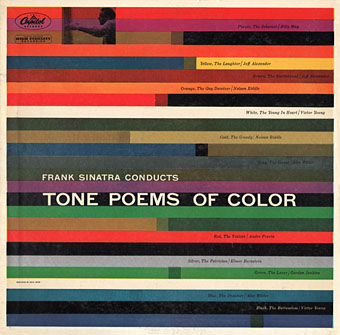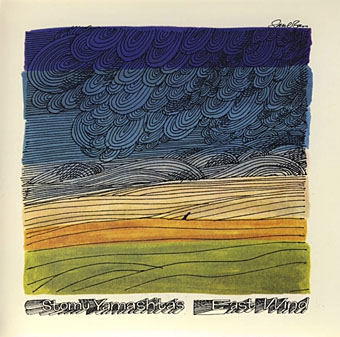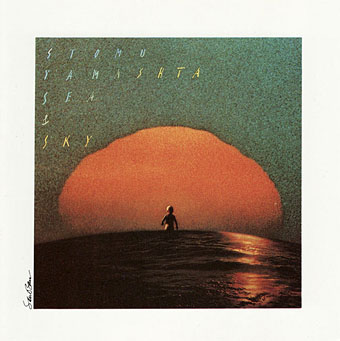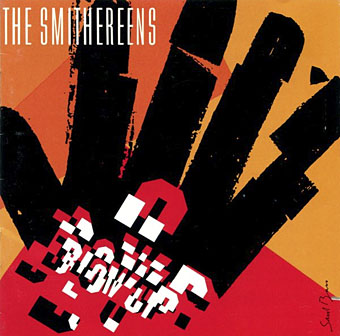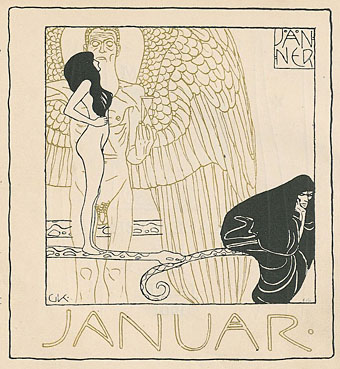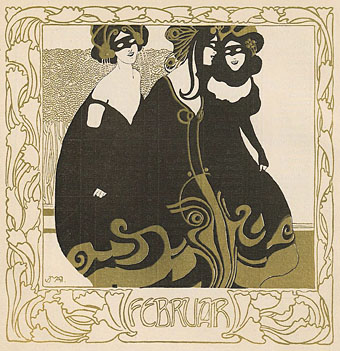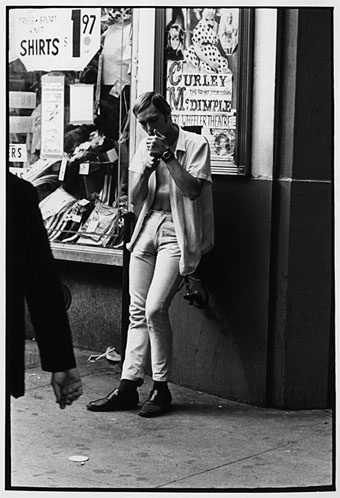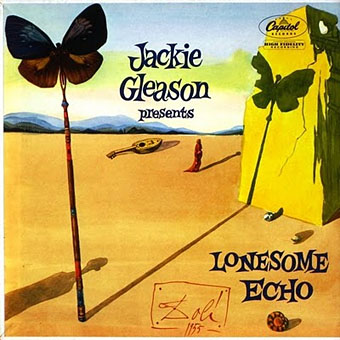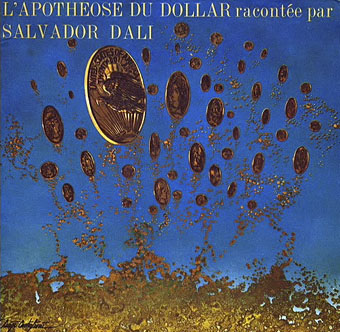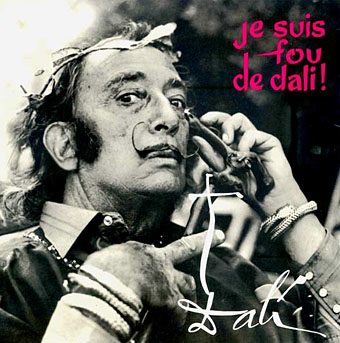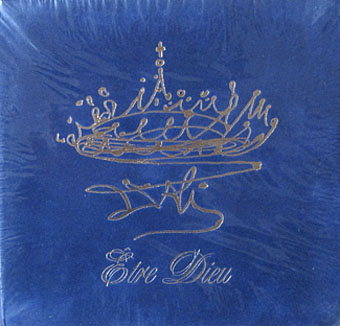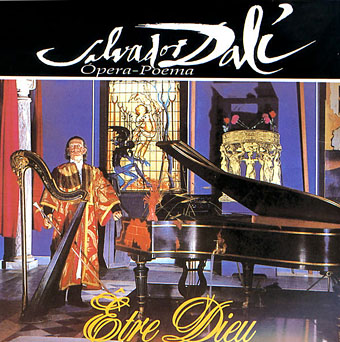Author Steve Moore discusses Somnium, his occult novel for which I provided a cover illustration, with Pádraig Ó Méalóid at the Forbidden Planet site. In addition to examining his comics work and long friendship with Alan Moore, Steve also tells us something about his novel and his lunar obsession:
Without giving away too much of the plot, it’s a historical fantasy about a young man called Kit Morley in 1803 who, fleeing an impossible romance, arrives at an inn on Shooters Hill, where he’s intent on writing a story set in Elizabethan times, titled Somnium, which means ‘a dream’. In that story, a courtier named Sir Endimion Lee arrives on Shooters Hill and finds a lunar dream-palace called Somnium, where he encounters someone who appears to be a moon-goddess. Then there are various other stories embedded within these, set at various times, written in various styles and providing a number of layers, while Morley himself starts to question the nature of the world he’s living in. So it’s a fantasy, but a long way away from the sort of Tolkien-type adventure that a lot of people think of as fantasy.
As to what it’s about … myth (particularly that of the moon-goddess Selene and her mortal lover Endymion) and dream and the fluid nature of reality … lost love and redemption … the psychogeography and psychohistory of Shooters Hill, where I’ve lived all my life … about writing, and real and imaginary books … and goddesses, and Romantic Idealism. It’s poetic, and it’s very, very pagan …
Somnium, as mentioned before, is available direct from that splendid cabinet of curiosities, Strange Attractor.
Previously on { feuilleton }
• Somnium by Steve Moore


